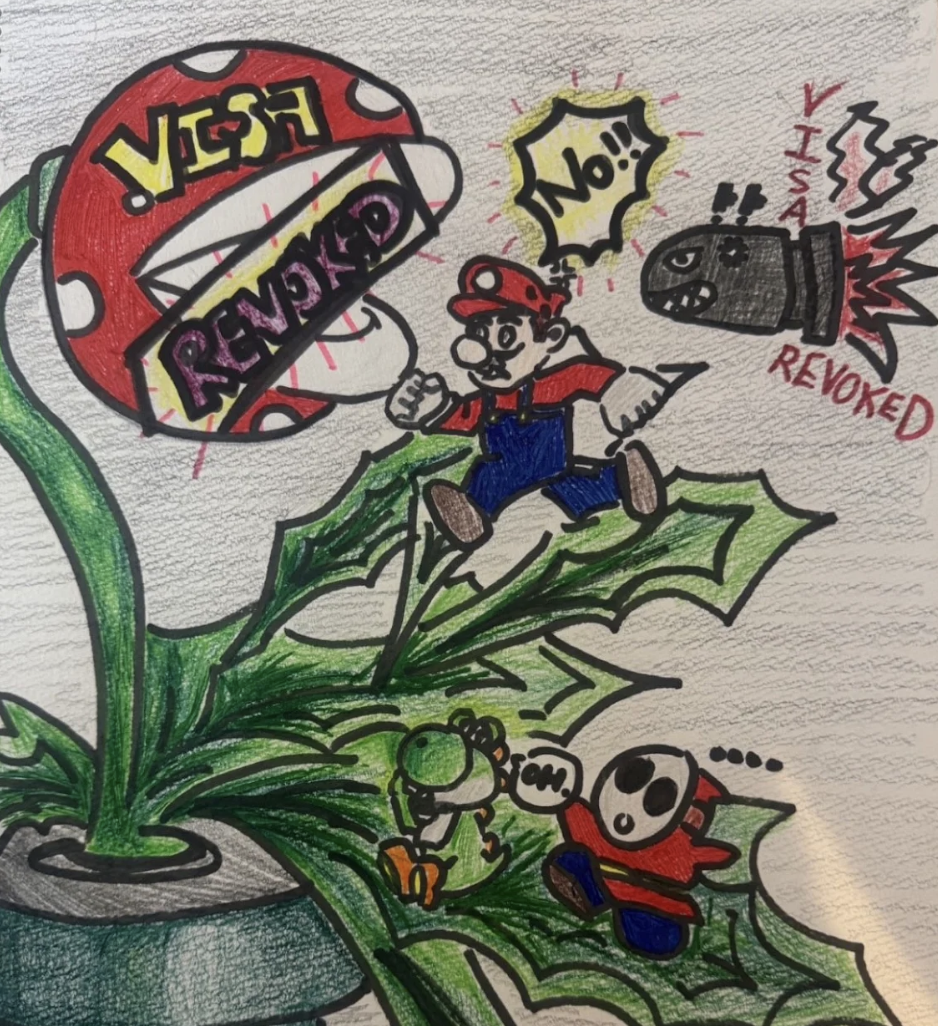Do you know how old the world’s oldest loggerhead turtle is? On August 13th, 1950, Hiwasa Junior High School students near Ohama Beach hatched a baby turtle named Hamataro. Today, Hamataro is 74 years old and continues to be cared for with great dedication at Hiwasa’s Sea Turtle Museum, “Caretta.”
Loggerhead turtles are a turtle species with many distinct prefrontal scales and massive heads. In U.S. coastal waters, they are the most abundant species of sea turtles.
Despite the long-standing presence of Hamataro, the number of loggerhead turtles laying eggs at Ohama Beach in Minami Town has been declining year after year. Ohama Beach, a designated national natural monument, recorded no sea turtles landing in 2023 — the first time since records began in 1950.
One of the leading causes of this decline is artificial light pollution. Bright lights in the town, including those near the beach, disrupt the natural nesting behavior of sea turtles. Even though the city has tried to reduce nighttime lighting, complete darkness is difficult due to human needs, as roads and public spaces require some illumination at night for safety and accessibility. Research indicates that the occurrence of artificial light significantly lowers the rate of sea turtles nesting.
To combat this, small but meaningful changes have been implemented. For example, Yakuōji, a temple popular with tourists and locals, now turns off its decorative night lights after 9 PM. Additionally, street lamp posts within 100 meters of the beach have been fitted with covers to reduce indirect illumination of the sandy beach. These measures aim to achieve an environment more suitable for turtles and their nesting.
I consulted with Saya Hirai, a researcher at the Sea Turtle Association of Japan, to better understand the efforts and what more could be done. She emphasized that the most essential step individuals can take is to educate themselves about sea turtles using reliable sources, as misinformation can lead to ineffective conservation initiatives. Volunteering during the nesting season and donating were also mentioned as meaningful ways to support ongoing projects.
Local schools and students play a key role in conservation efforts, often participating in monitoring and awareness programs. Hiwasa’s Sea Turtle Museum offers more detailed information on specific community-based initiatives.
Ms. Hirai also noted that sea turtle monitoring is conducted nationwide, with collaboration extending across prefectures and overseas. The Japan Sea Turtle Conference, held annually, serves as a platform for experts and conservationists to share findings and strategies. International researchers frequently contribute to these discussions as well.
When asked about trends in nesting, she explained that historical data reveals fluctuating patterns. Nesting numbers increased from 2008 to 2013 but declined between 2014 and 2020, highlighting the importance of continued monitoring to assess the long-term impact of conservation measures.
Hamataro’s legacy serves as a reminder of the importance of sea turtle conservation. While efforts to protect nesting grounds continue, more work is needed to balance human activity with preserving the natural environment. By reducing light pollution, raising awareness, and supporting conservation programs, we can help ensure a future where sea turtles like Hamataro thrive for future generations.








Yamamoto Kazuki • Apr 17, 2025 at 11:25 PM
On August 13th, I would like to celebrate Hamataro’s 75th birthday in Hiwasa.